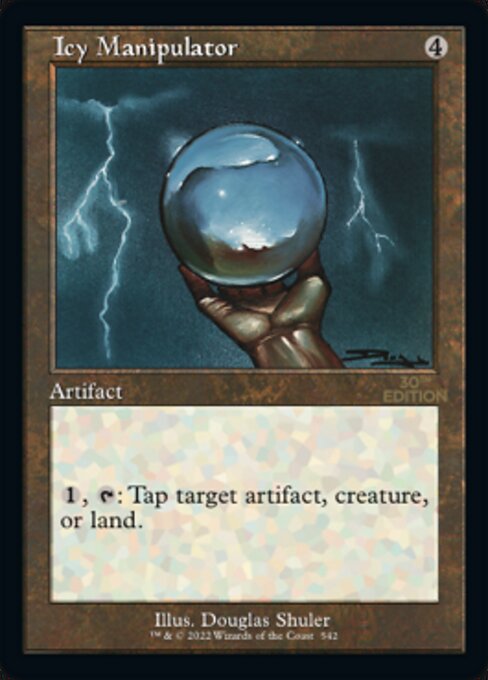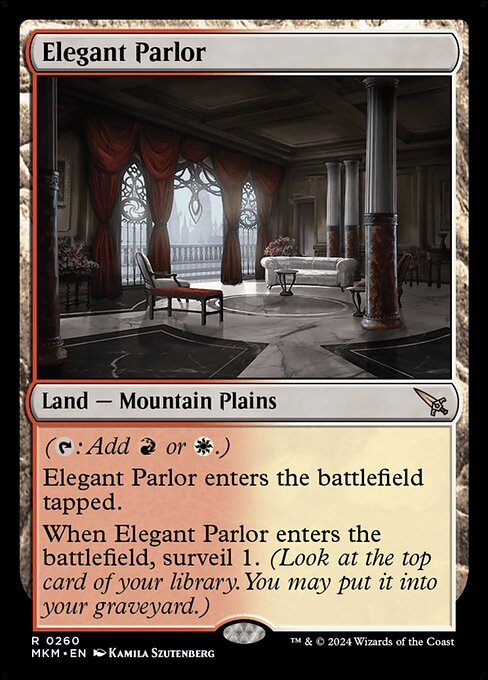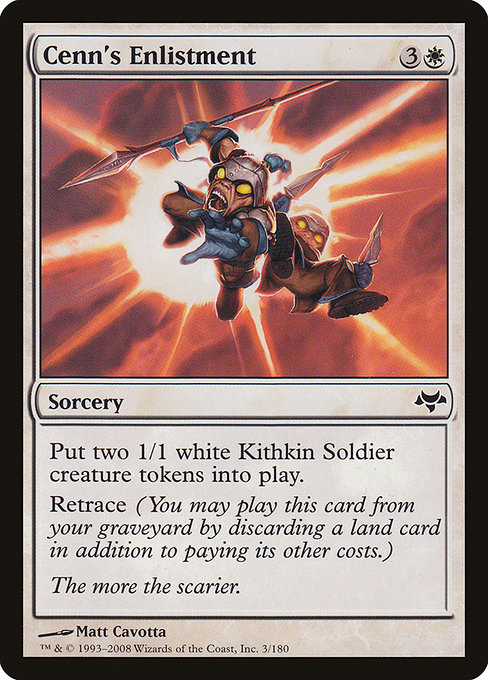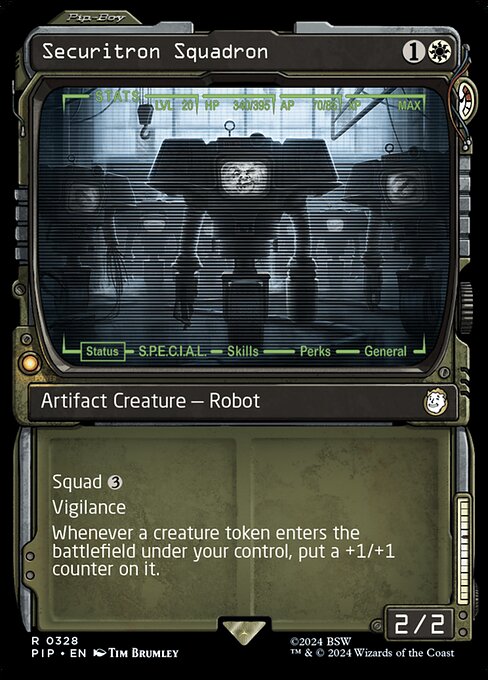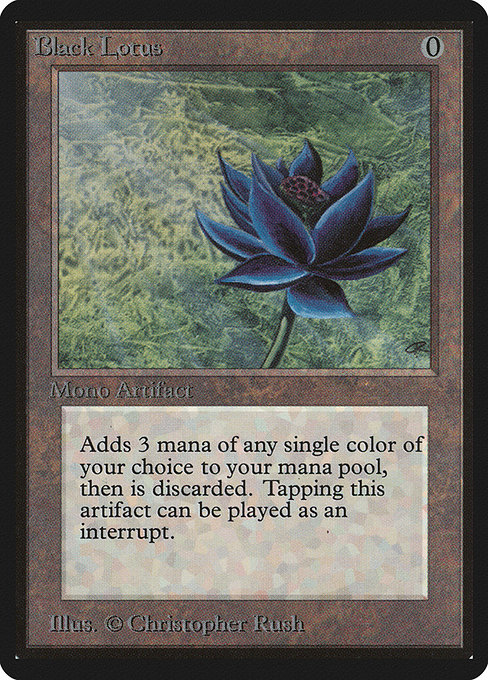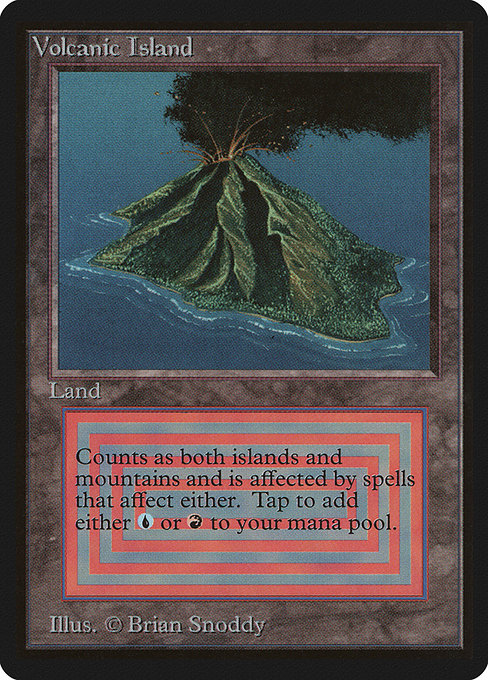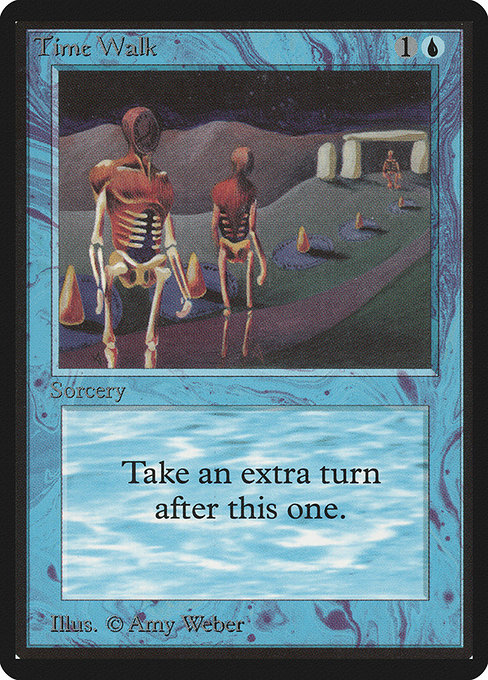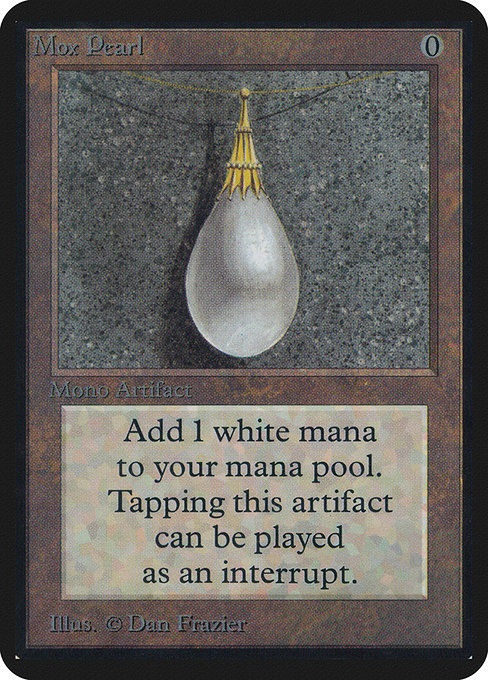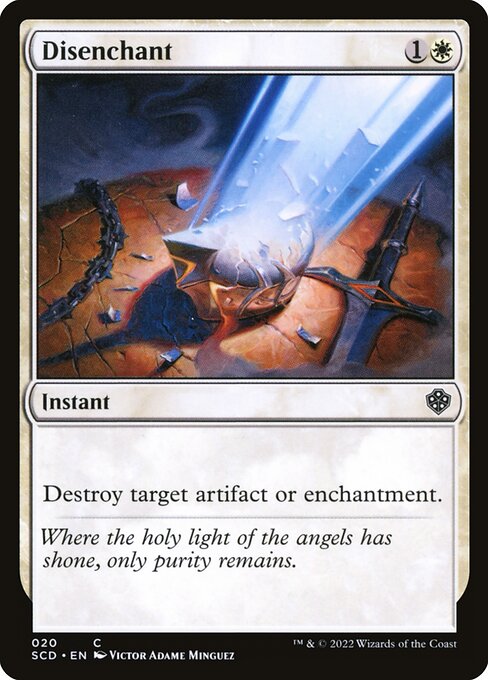
Disenchant

Recent Analyses
Full Analysis
Generated on 2025-06-27T22:33:45.117164The Timeless Efficiency of Disenchant
In a game where permanents can dominate the board, removal spells are essential tools for players seeking to disrupt opponents' plans. Among these, Disenchant stands out as an instant that destroys target artifact or enchantment with unparalleled efficiency.
Mechanics and Interactions
Disenchant is an instant, meaning it can be cast during combat or in response to other spells and abilities. This versatility allows players to adapt their strategy on the fly, whether they need to respond to a surprise threat or address a problematic permanent that's arisen earlier in the game.
The spell has a single target, which can be either an artifact or enchantment. Notably, Disenchant does not require its target to be tapped; this means it can destroy artifacts and enchantments regardless of their current state on the board. The implications are significant: players can use Disenchant to remove problematic permanents even if they're not tapped.
Interactions with Creatures
When targeting a creature with power, Disenchant will only remove its potential benefits from having power; it won't destroy the creature itself. In contrast, removing an artifact or enchantment that provides a benefit to a creature – such as Aegis of the Legion – will eliminate that benefit entirely.
It's worth noting that Disenchant doesn't differentiate between creatures with power and those without. This means players can use it to remove problematic artifacts or enchantments that are providing benefits to their opponents' creatures, even if those creatures have significant power on the board.
Vulnerability to Counterspells
While Disenchant is an efficient removal spell, it's not invulnerable to counterspells and card advantage effects. Cards like Counterspell, Force of Will, or Echoing Consecration can all interact with Disenchant and potentially neutralize its effectiveness.
Players must be aware of these risks when using Disenchant in their deck-building strategy. By balancing the benefits of removal spells against the potential drawbacks, they can create a robust and adaptable gameplan that takes into account various scenarios and opponents' strategies.
Strategic Uses and Synergies
Disenchant is often used as a key component in control decks, which rely on card advantage and removal spells to establish dominance on the board. By clearing problematic artifacts or enchantments from the board, players can more easily focus on developing their own gameplan and disrupting their opponents'.
One common combo involving Disenchant is with cards like Day of Judgment and Seachrome Coat. These spells allow for massive destruction of permanents, including creatures, artifacts, and enchantments. In this context, Disenchant serves as a crucial component in the combo's overall strategy.
Disenchant also pairs well with burn decks that rely on destroying opponents' permanents to win quickly. By removing problematic artifacts or enchantments, these decks can more easily focus on dealing direct damage and winning the game.
Deckbuilding Roles and Archetypes
Disenchant is commonly found in control decks, which seek to establish dominance on the board through a combination of card advantage and removal spells. Its versatility makes it an attractive choice for decks focused on artifact or enchantment destruction, such as Eldrazi Disruptor, Bant Company, and Selesnya Enchantress.
In more aggressive decks like burn or red-green aggro, Disenchant can serve as a utility spell that helps to clear the board of problematic permanents. This allows these decks to focus on dealing direct damage and winning quickly.
Format Viability and Competitive Context
In constructed formats like Modern and Standard, Disenchant is considered a staple in many control decks due to its efficiency and versatility. Its low mana cost and range make it an attractive choice for players looking to disrupt opponents' plans early in the game.
In competitive contexts, Disenchant has seen use in various deck archetypes, including Eldrazi, Jund, and Jeskai. While it may not be a key component in every deck, its presence can significantly enhance the overall strategy and card advantage of the controlling player.
Rules Interactions and Technical Notes
Disenchant does not interact with cards that have an "equip" ability, such as Sword of War and Peace. This is because equip abilities are activated when the equipment is attached to a creature, rather than when it's destroyed. As a result, removing an equipped artifact using Disenchant will not trigger any additional effects.
In terms of technical notes, Disenchant has been reprinted multiple times throughout Magic: The Gathering history. Its art and flavor text have also undergone changes over the years to reflect new themes and storylines.
Art, Flavor, and Historical Context
Disenchant was first printed in the Mirage set in 1996 as a part of the original artifact destruction package. Over time, its artwork has changed to reflect different styles and interpretations of the card's concept.
In terms of flavor text, Disenchant is often seen as a more aggressive counterpart to cards like Swords to Plowshares. While both spells remove artifacts or enchantments, their tone and context suggest that they are used in different contexts and for different strategic goals.
Deck Archetypes that Utilize Disenchant
- Eldrazi Disruptor: This deck archetype uses Disenchant as a key component in its control-oriented strategy. By clearing problematic artifacts or enchantments from the board, players can more easily focus on developing their own gameplan and disrupting their opponents'.
- Bant Company: In this deck archetype, Disenchant serves as a utility spell that helps to clear the board of problematic permanents. This allows Bant Company players to focus on dealing direct damage and winning quickly.
- Selesnya Enchantress: Selesnya Enchantress is another control-oriented deck archetype that relies heavily on artifact destruction spells like Disenchant.
Combos and Synergies
One common combo involving Disenchant is with cards like Day of Judgment and Seachrome Coat. These spells allow for massive destruction of permanents, including creatures, artifacts, and enchantments. In this context, Disenchant serves as a crucial component in the combo's overall strategy.
Disenchant also pairs well with burn decks that rely on destroying opponents' permanents to win quickly. By removing problematic artifacts or enchantments, these decks can more easily focus on dealing direct damage and winning the game.
Removal Spells that Synergize with Disenchant
- Path to Exile: This removal spell has a similar scope to Disenchant, targeting artifact creatures instead of artifacts or enchantments.
- Sword of War and Peace: While this card doesn't directly interact with Disenchant, its equip ability can provide additional benefits when paired with the removal spell.
- Lightning Bolt: As a burn spell, Lightning Bolt can create opportunities for players to destroy problematic permanents that Disenchant might otherwise miss.
Conclusion
Disenchant remains an essential tool in many Magic: The Gathering deck archetypes due to its unparalleled efficiency and versatility. Its low mana cost and range make it an attractive choice for control decks seeking to disrupt opponents' plans early in the game. While it may not be a key component in every deck, Disenchant's presence can significantly enhance the overall strategy and card advantage of the controlling player.
By understanding the intricacies of Disenchant's interactions with other spells, permanents, and deck archetypes, players can more effectively integrate this removal spell into their gameplan. Whether they're building a control deck or experimenting with more aggressive strategies, Disenchant remains an invaluable addition to any Magic: The Gathering deck.
